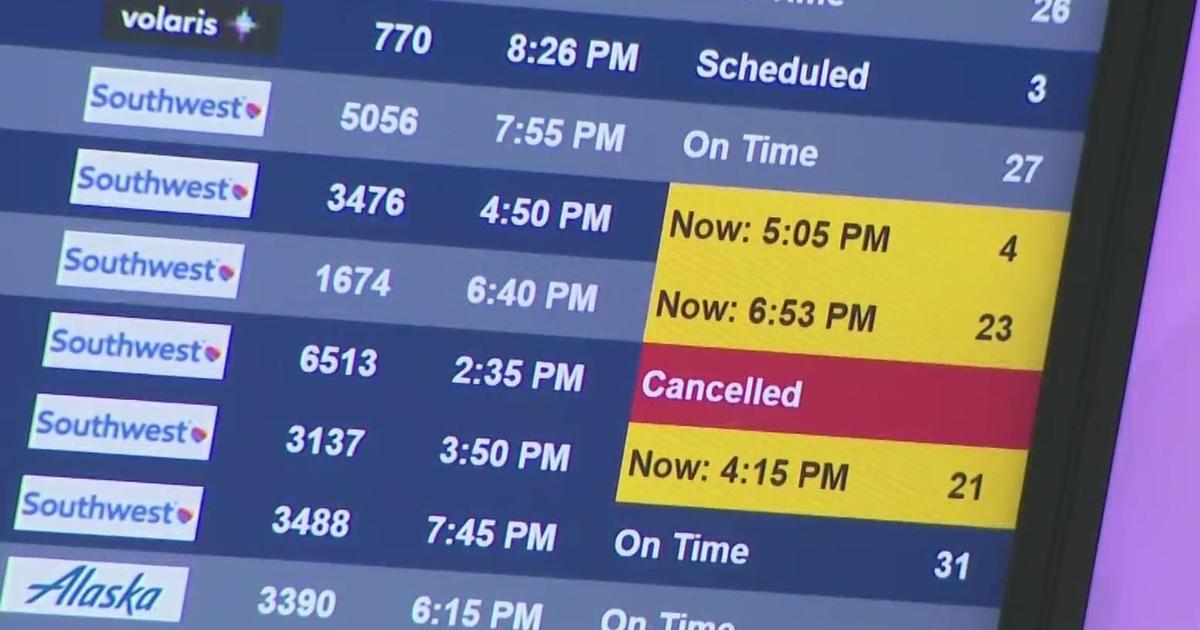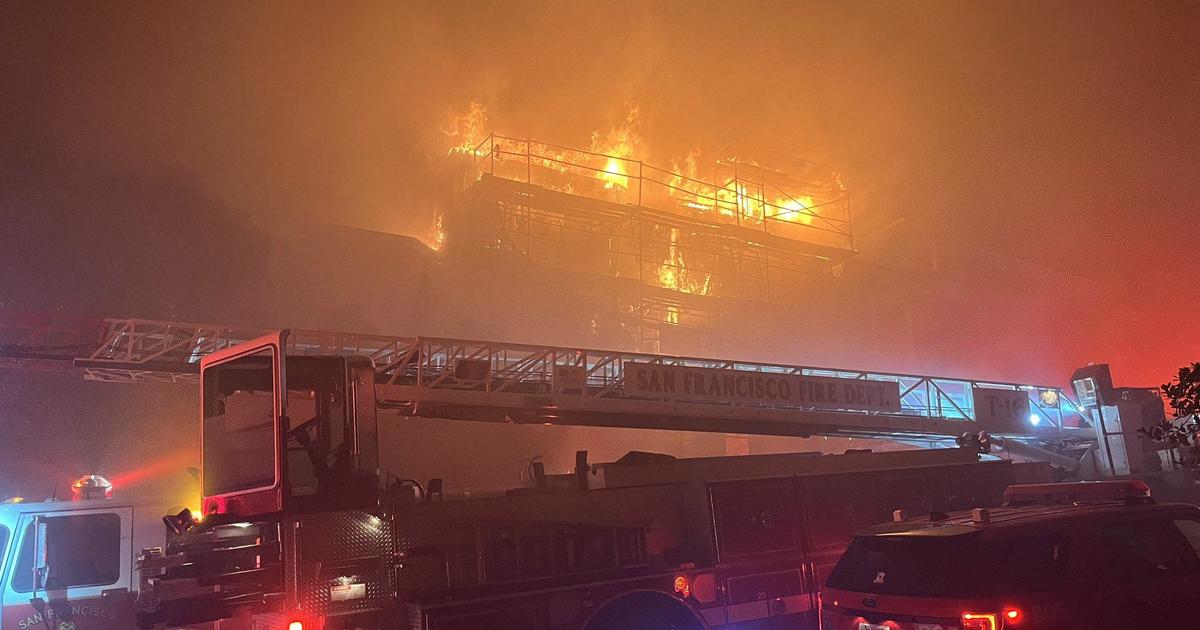Storm Tracker: Tahoe Prepares For Wintry Blast; No Drought Relief For Bay Area
SAN FRANCISCO (CBS SF) -- While an April storm front lost some of its punch as it rolled into the San Francisco Bay Area Sunday, it was still carrying the promise of blizzard conditions in the Sierra where chain controls were already in place in the mountain passes.
As the front was spinning to life in the Northern Pacific, there was hope it may bring half an inch to an inch of rain across drought-ravaged Northern California.
But the weather system slowed and weakened. A misty rain fell in the San Francisco Bay Area -- where that hasn't been measurable precipitation since mid-March -- during the early morning hours. A major thrust of rain was expected in late morning and early afternoon.
The showers will clear the air of pollen, giving a few days of relief to allergy suffers, but will hardly put a dent in the severe to extreme drought conditions across the Bay Area.
Marin County water officials have announced water restrictions measures starting on May 1 and the East Bay Municipal Utility District Board of Directors will decide at their Tuesday meeting whether or not customers will have to conserve water for the rest of the year.
Last week, Gov. Gavin Newsom declared a regional drought emergency for the Russian River watershed in Mendocino and Sonoma counties in response to the parched dry conditions.
The governor's announcement Wednesday at a dry Lake Mendocino comes as California is expected to face another devastating wildfire season after a winter with little precipitation.
"Oftentimes we overstate the word historic, but this is indeed an historic moment, certainly historic for this particular lake, Mendocino, which is at 43% of its capacity this time of year," Newsom said standing in a portion of the lake that would normally be underwater.
Forecasters had never viewed the Sunday storm front as a drought buster, but expected the showers to bring a good soaking of the region.
"Rain totals continue to trend with less impressive amounts compared to a few days ago," the National Weather Service said. "Expect up to around a half inch in the North Bay mountains while the North Bay valleys range 0.15-0.25".
SF and East Bay will see around 0.20" while the South Bay is a little lighter around 0.10-0.15'"
Unstable air will accompany the front, bringing a threat of the thundershowers to the Sacramento area Sunday and to Wine Country on Monday.
The front's main impact looks to be as it moves eastward and forms strong storm cells over the Sacramento Valley into the Sierra.
"The most favorable areas (for Sunday thundershowers) still looks to be the western and northern portion of the Sacramento Valley in the late afternoon/evening," the National Weather Service said. "Soundings still look favorable
for rotating storms and the potential for funnel clouds or a weak tornado. Other threats with storms include accumulating hail, strong and gusty winds, and locally heavy rain."
The storm's impact will be much stronger in the Sierra.
"For the Tahoe Basin and Alpine County, 2 to 6 inches were possible at Lake Tahoe level with 6 to 12 inches above 7000 feet," weather service forecasters said. "Along the Sierra Crest, 12 to 18 inches is possible. Winds could gust up to 45 mph in the lower elevations with gusts up to 80 mph along the Sierra Crest."
A Winter Weather Advisory went into effect at 3 a.m. Sunday and will run until 5 a.m. Monday. The CHP had already placed chain control on mountain travel on Highway 50 Sunday morning.
On a positive note, the blizzard conditions will help replenish the rapidly dwindling snowpack.
Dan McEvoy, a researcher with the Western Region Climate Center, told KPIX 5 he was startled to discover that several locations in Sierra had seen the biggest decline in snowpack's water content on record for the time span covering the first three weeks of April.
At several key reporting locations across the Sierra range, the water content being stored within the snowpack has lost almost half of what was there at the start of the month.
That comes in the wake of a California's Department of Water Resources survey on April 1 which found the snowpack in the central Sierra was 63% of the average or 16.5 inches.
Typically the snowpack is at its highest on April 1. However, since that date, the snowpack in the central Sierra has declined significantly to just 37% of average.
McEvoy said while many factors were at play in such an alarming rate of loss, the primary culprit is the intense warmth California experienced over the past month. Much of Northern California experienced temperatures 4-degrees above average for the period.



